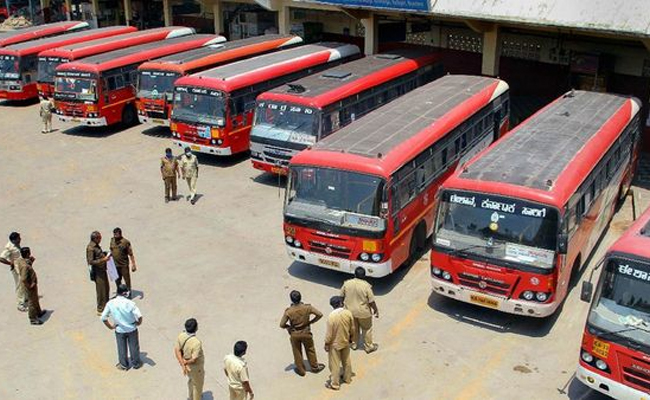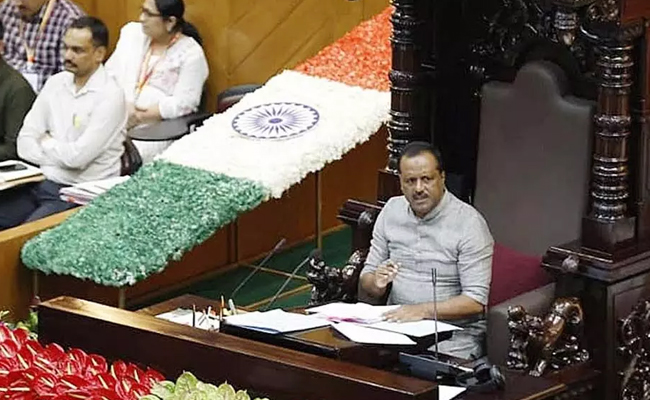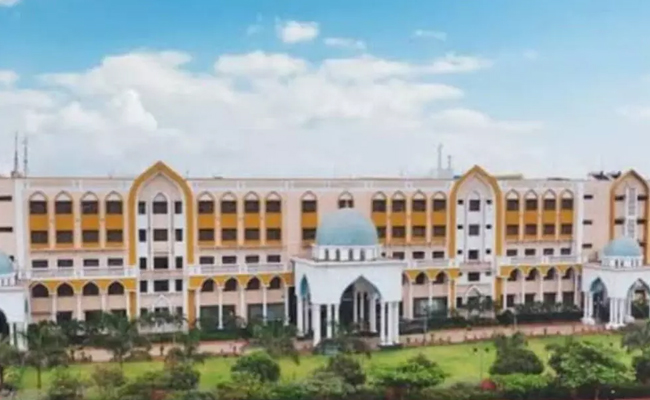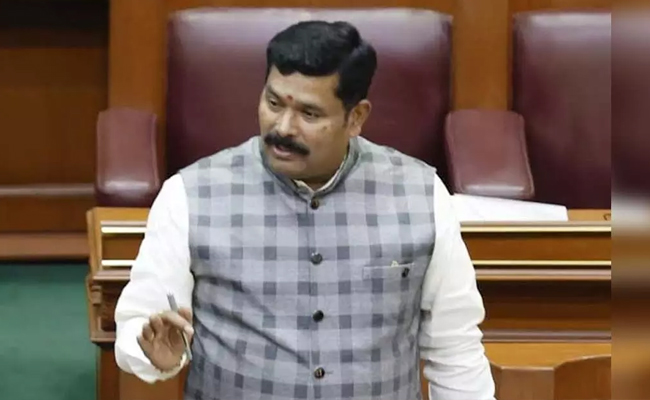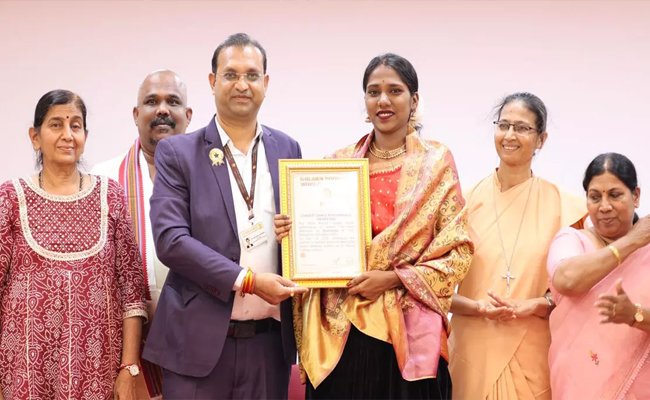Bengaluru: Protests broke out across Karnataka following the state cabinet's decision to increase bus fares by 15% for all state-owned transport corporations, effective from January 5, 2025. The hike aims to address financial strains on transport corporations due to rising fuel prices and operational costs.
The decision has sparked criticism, particularly from opposition parties, who argue that the fare increase places an unfair burden on men, while the state’s 'Shakti' scheme continues to provide free rides for women. Karnataka Law Minister HK Patil defended the hike, stating that it would generate approximately Rs 74.85 crore monthly and Rs 784 crore annually, helping offset deficits faced by the Karnataka State Road Transport Corporation (KSRTC) and other transport bodies.
Patil explained that the last fare revision was made a decade ago, and with significant increases in diesel prices and operational expenses, the hike was necessary. He assured that the 'Shakti' scheme would continue, with the state government releasing Rs 417 crore monthly to support it.
The fare increase has been met with sharp opposition from the BJP. Party leaders, including R. Ashoka, criticized the Congress government for its financial mismanagement, while BJP MLA Dheeraj Muniraju accused the government of "looting" the public by raising fares for men while providing free rides for women. A state-wide protest against the hike is scheduled for January 4, 2025.
Let the Truth be known. If you read VB and like VB, please be a VB Supporter and Help us deliver the Truth to one and all.
Belagavi: Speaker U.T. Khader on Friday warned that members who disrupt Assembly proceedings by talking in their seats during debates will be made to sit in the House for an entire day as a disciplinary measure.
The warning came after the Question Hour, when Deputy Leader of the Opposition Arvind Bellad was permitted to initiate a discussion on the development of North Karnataka.
At this point, expelled BJP MLA Basanagouda Patil Yatnal objected, stating that he had been seeking a debate for the past three days but had not been given an opportunity.
ALSO READ: IndiGo board ropes in external aviation expert for flight disruption probe
Responding to the objection, Speaker Khader said Bellad had already been granted permission and assured Yatnal that he would be allowed to speak at the next opportunity. He noted that even as a serious discussion was underway, several MLAs were speaking among themselves with their microphones on, disrupting the proceedings.
Expressing displeasure over the conduct of members, Khader likened the situation to football, where players receive red, yellow, or white cards for violations. Similarly, he said, the Assembly issues warning cards to members who disturb the House. If they fail to correct themselves despite repeated warnings, they would be required to remain seated in the Assembly hall for a full day as punishment, he stated.

